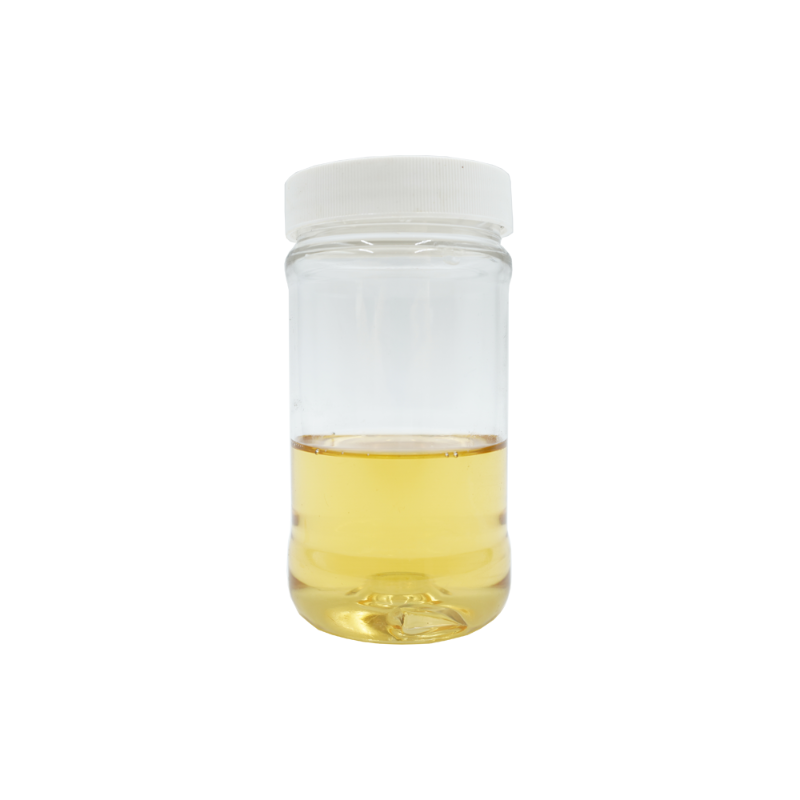-
Categories
-
Pharmaceutical Intermediates
-
Active Pharmaceutical Ingredients
-
Food Additives
- Industrial Coatings
- Agrochemicals
- Dyes and Pigments
- Surfactant
- Flavors and Fragrances
- Chemical Reagents
- Catalyst and Auxiliary
- Natural Products
- Inorganic Chemistry
-
Organic Chemistry
-
Biochemical Engineering
- Analytical Chemistry
- Cosmetic Ingredient
-
Pharmaceutical Intermediates
Promotion
ECHEMI Mall
Wholesale
Weekly Price
Exhibition
News
-
Trade Service
Researchers recently discovered a contradictory effect on filler concentrations when the epoxy resin was cured with acid in the presence of elo-stone nanotubes.
epoxy resins can be cured with a variety of curing agents such as amines and anhydrides, but acid curing is more beneficial for research purposes because epoxy-acid curing is carried out slowly at room temperature. The environmental importance of mixing natural nanoscale minerals into epoxy resins is
in
. Eloshi nanotubes (HNTs) show chemical properties similar to silica and alumina, and hydroxyls located between or at the edges of the HNTs layer make it possible for them to participate in epoxy ring opening.
Effects of HNTs concentration on epoxy-acid curing reactions
The effects of HNTs concentration on epoxy curing reactions with various concentrations of HNT (based on 100-weight epoxy resins of 0.5, 1 and 2 weights) were discussed by means of a non-isothermal differential scanning thermal method at three heating rates (5,10 and 15 degrees Cmin-1). Since HNT's hydroxyl is involved in cyclooxide opening, the degree to which HNTs at 0.5 and 1% of weight promote crosslinking reactions, and at 2 weight HNTs, blocked curing is the case, it has been speculated that the inner surface of HNT may infest the acid curing agent due to the spread of acid molecules into the HNT tube cavity.
introduction
recent years, special attention has been drawn to the development of epoxy-based nanocomposic coatings for anti-corrosion properties and the purpose of friction. However, due to the use of nanoparticles, excellent performance should also be obtained from these advanced coatings from the point of view of mechanical, electrical and chemical properties. The effects of different types of nanofillers such as silica, alumina, clay, graphene oxide and carbon nanotubes (CNTs) have been comprehensively addressed in recent reports regarding the performance and performance of epoxy coatings. Depending on its chemical properties, particle size and geometry, nanoparticles can improve the properties of polymers in different ways, making them suitable for a wide range of applications. Natural nano-minerals, mainly kaolin nanotubes belonging to the clay family (HNTS), have recently benefited from their special properties, mainly due to their natural availability and biocompasitivity. Due to its high aspect ratio, tulle structure and silicate properties, HNT can reasonably improve the mechanical and thermal properties of polymers. In addition, unlike 2D clay tablets, small changes in the chemistry of the outside surface of HNT will enhance the dispersion of nanotubes in the polymer substitum without the need for embedding and/or stripping. Some researchers have also mentioned the inclusion of HNT in epoxy resins. In general, it is agreed that HNT effectively enhances toughness, bending mods and impact strength, and flame retardantness of epoxy resins.
there is some evidence that HNT's nanotube structure largely eliminates the need for HNT to peel off in epoxy substations. Chemical modifiation of the outer outer layer or the inner surface of HNTS can be enhanced by enabling the expansion of its application areas (distribution of HNTS for better functionality of HNTS). The modified surface of HNT with different chemical components is often solved, but little attention is paid to the study of the functionalization of the inner surface of HNTs. However, the possibility of adsorption and diffusion of small molecules or even polymer chains in nanotubes can enter the inner surface of nanotubes. The diagram of the HNT structure and the diffusion of typical spherical molecules into the HNT cavity is shown in Figure 1.
the study was published last week: Progress in Organics Volume 126, January 2019, Pages 129-135.






